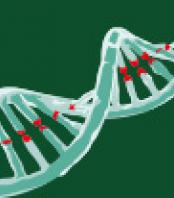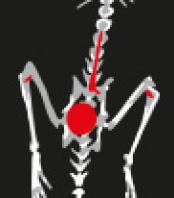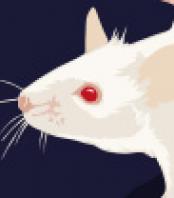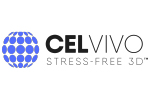These are human neural stem cell cultured on an uncoated glass-bottom petri dish. Video courtesy of Lane Niles of Evan Snyder's lab at the Sanford Consortium for Regenerative Medicine.
The movie starts just after the cells are plated in the dish. Cells first aggregate into 'neurospheres', and then flatten on the surface, start to express exploratory lamellipodia and migrate around on the surface. Then they begin to proliferate and bulk up into multilayer colonies. Total time for each experiment is 6 days.
This is live biology. The illumination non-uniformity is caused by the strain defects in the plastic petri dish lid, always a problem with polystyrene.
These crisp, quality images were taken by the LumaScope inverted fluorescent microscope created by Etaluma, Inc.



































